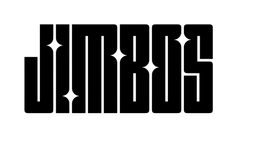Oils in Compounds and Polishes Explained
The oils inside a compound or polish aren’t just filler—they control everything from how long you can work the product to how easily it wipes off and how glossy the finish looks.
In this post, I’ll break down the role oils play in your favorite paint correction products—and how I approached oil blending in Picture Perfect Polish.
What Do the Oils Actually Do?
Oils in compounds and polishes act as carriers for abrasives and lubricants for pad movement. But beyond that, they influence:
- Work time — how long you can polish before it dries out
- Dust control — less dusting with properly balanced oils
- Wipe-off — some oils haze or streak during removal
- Finish quality — a slicker finish often looks glossier
The Problem with Too Much Oil
Many off-the-shelf polishes use cheap or excessive oils to make the product feel smoother or easier to use. But those oils often:
- Mask defects instead of removing them
- Leave behind streaks or smearing
- Require IPA wipes or panel prep sprays
How I Formulated Picture Perfect Polish
When building Picture Perfect Polish, I focused on a balanced oil system that:
- Lubricates the pad and paint without overloading
- Allows extended working time for longer passes
- Wipes off clean with zero haze or film
That’s why it levels out smoothly with Softer Than Soft Towels and doesn’t need a follow-up wipe-down.
Polish Clean. Finish Clear.
- Balanced oil system for extended work time
- No hazing, smearing, or residue
- Wipes off clean with zero prep sprays
It doesn’t just polish—it finishes the job right. Every time.
Final Takeaway
Next time you evaluate a compound or polish, don’t just look at how it cuts—pay attention to how it behaves. The oil system might be the difference between a pro-level finish and a frustrating cleanup job.



